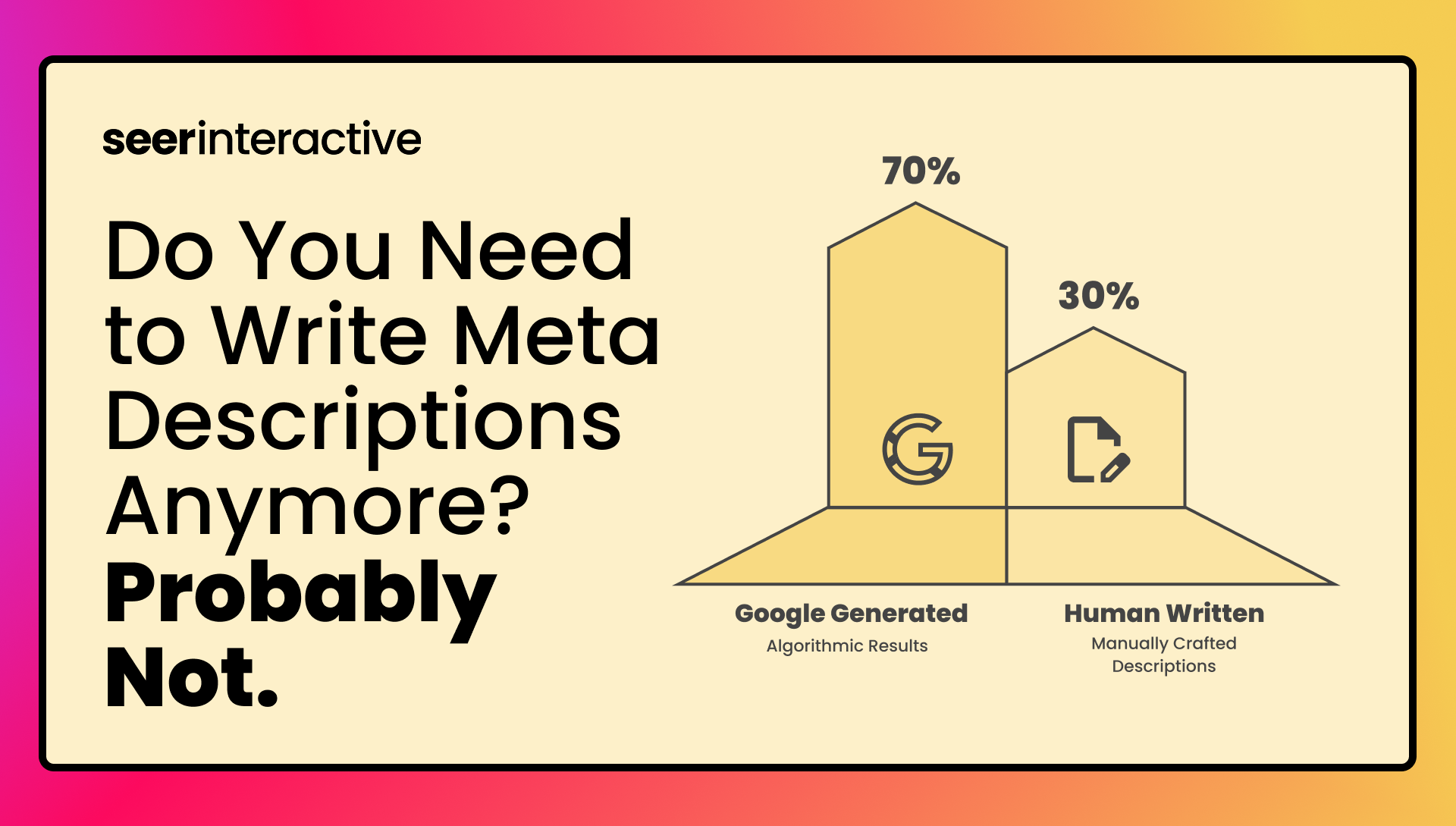Tired of bouncing between SEO tools just to check a page’s index status?
Want to speed up technical SEO tasks? Bookmarklets are small but mighty browser tools that run mini JavaScript snippets, saved as bookmarks in your web browser.. No extra extensions. No loading time. Below are ready-to-use bookmarklets for checking indexation, schema, sitemaps, and more. Just save them to your bookmarks bar.
Unlike traditional bookmarks that direct you to a specific URL, bookmarklets execute a predefined action on the current webpage.
In technical SEO, bookmarklets can save time, reduce tool fatigue, and let you perform key SEO tasks on the fly without bulky extensions slowing you down.
What are Bookmarklets?
Bookmarklets are like tiny, one-click tools that live in your bookmarks bar. But instead of taking you to a new page, they run JavaScript directly on the page you’re viewing, helping you analyze, modify, or extract data in real-time.
For SEOs, bookmarklets are a low-effort, high-impact tool for quick audits and analyses, without slowing you down and clogging up your browser with plugins.
The most useful bookmarklets:
- Simple tasks like changing the font size
- More complex actions like extracting data or modifying page elements
- Instantly highlight no-follow links
- Extract heading tags for quick content audits
- Run a Google index check on any page in one click
- … and SO much more
Benefits of Using Bookmarklets for SEO
Bookmarklets offer a range of benefits for SEO professionals:
- Faster Workflows
- Customization
- Lightweight
How you can use Bookmarklets in SEO:
Bookmarklets turn your browser into an instant SEO analysis tool. With just one click, you can:
- Audit On-Page SEO: Pull title tags, meta descriptions, headings, and alt text instantly
- Spot Technical Issues: Find broken links, missing hreflang tags, and canonical errors
- Analyze Competitors: Extract backlinks, heading structures, and internal links in seconds
- Optimize Content: Check keyword density, readability, and on-page elements
- Test Mobile UX: Preview how a page looks on different devices
- Run other webtools but submitting a URL: Run a PageSpeed Insights test without manually opening a new tab
By cutting out extra steps, bookmarklets save time and streamline SEO audits.

Creating Your Own Bookmarklets
Creating a bookmarklet is a simple process. Here's a step-by-step guide:
-
Write the JavaScript Code: Start by writing the JavaScript code that will perform the desired action. For example, here's a simple code snippet that replaces "http://" with "https://" on a webpage:
JavaScript
document.body.innerHTML = document.body.innerHTML.replace(/http:\/\//g, "https://"); - To make it a bookmarklet, add the "javascript:" Prefix: Prepend the code with javascript: to indicate that it's a bookmarklet.
JavaScript
javascript:document.body.innerHTML = document.body.innerHTML.replace(/http:\/\//g, "https://"); - Wrap the Code in an Immediately Invoked Function Expression (IIFE): This ensures that the code runs in its own scope and doesn't interfere with the webpage's JavaScript.
JavaScript
javascript:(function(){
document.body.innerHTML = document.body.innerHTML.replace(/http:\/\//g, "https://");
})(); - Create a New Bookmark: Create a new bookmark in your browser.
Quicker Debugging:
Editing the bookmarklet code within the bookmark can be tedious. A quicker way to debug your bookmarklet is to paste the code (with the javascript: prefix) directly into the browser's address bar and run it. If it works there, it should work as a saved bookmarklet.
Limitations of Bookmarklets
While bookmarklets are powerful tools, they do have some limitations:
- Cross-Origin Requests: Bookmarklets may encounter issues when making requests to APIs due to cross-origin restrictions. This means they may not always be able to interact with external services or retrieve data from different domains
- External Dependencies: Bookmarklets cannot easily include external JavaScript libraries or dependencies. This can limit their functionality for more complex tasks that require external resources
My Technical SEO Bookmarklets
PSI Bookmarklet
javascript:void(window.open(%27https://pagespeed.web.dev/report?url=%27+window.location.href,%27_blank%27));
CrUX Vis
javascript:void(window.open(%27https://cruxvis.withgoogle.com/#/ view=visstability&url=%27+window.location.href,%27_blank%27));
Schema Bookmarklet
javascript:void(window.open(%27https://validator.schema.org/#url=%27+window.location.href,%27_blank%27));
Rich Snippets Bookmarklet
javascript:void(window.open(%27https://search.google.com/test/rich-results?url=%27+window.location.href,%27_blank%27));
Robots.txt bookmarklet
javascript:(function(){window.open('https://'+location.hostname+'/robots.txt');})();
Analyze XML sitemaps – I made this https://www.shtros.com/javascript-snippet-for-xml-sitemap/ into a bookmarklet. Give Ziggy a follow for other cool tools.
javascript:(function(){ encodeURIComponent((function(){ (function(){var e=window.location.href;fetch(e).then(t=>t.text()).then(t=>{var n=new DOMParser,r=n.parseFromString(t,"text/xml"),o=r.getElementsByTagName("url"),u={};for(var a=0;a<o.length;a++){var l=o[a].getElementsByTagName("loc")[0].textContent,c=o[a].getElementsByTagName("lastmod")[0],s=c?new Date(c.textContent):null,d=s?formatDate(s):null,p=new URL(l).pathname,f=p.split("/").filter(Boolean);f.forEach(function(t){u[t]? (u[t].count++,u[t].urls.push(l),s&&(s<u[t].from&&(u[t].from=s),s>u[t].to&&(u[t].to=s))):(u[t]={count:1,from:s,to:s,urls:[l]})})}var g=Object.keys(u).filter(function(e){return u[e].count>1}).map(function(e){return[e,u[e].count,u[e].from,u[e].to,u[e].urls]});g.sort(function(e,t){return t[1]-e[1]});var m="<style>table{border-collapse:collapse;width:100%;}th,td{padding:8px;text-align:left;}th{background-color:black;color:white;}tr:nth-child(even){background-color:#efefef;}.url-list{display:none;}</style>";m+="<h2>Breakdown of XML Sitemap by path segments</h2><table border='1'><tr><th>Path Segments</th><th>Total URLs</th>"+(g[0][2]?"<th>From</th><th>To</th>":"")+"<th>Individual URLs</th></tr>",g.forEach(function(e,t){var n=t%2==0?"white":"#efefef";m+="<tr style='background-color:"+n+";' class='segment-row'><td>"+e[0]+"</td><td>"+e[1]+"</td>"+(e[2]? "<td>"+formatDate(e[2])+"</td><td>"+formatDate(e[3])+"</td>":"")+"<td><a style='cursor:pointer;color:white;background-color:#444;border:none;padding:6px 12px;border-radius:2px;text-decoration:none;' href='#' class='open-link' data-segment='"+e[0]+"'>Open URLs</a><div class='url-list'>",e[4].forEach(function(t){m+="<tr class='url-row' style='display:none;' data-segment='"+e[0]+"'><td colspan='"+(e[2]?5:3)+"'><a href='"+t+"' target='_blank'>"+t+"</a></td></tr>"}),m+="</div></td></tr>"}),m+="</table>";var w=window.open();w.document.write(m),w.document.close();var b=w.document.querySelectorAll(".open-link");b.forEach(function(e){e.addEventListener("click",function(t){t.preventDefault();var n=e.getAttribute("data-segment"),r=w.document.querySelectorAll(".url-row[data-segment='"+n+"']");r.forEach(function(e){e.style.display=e.style.display==="none"?"table-row":"none"}),e.textContent==="Open URLs"?(e.textContent="Close URLs",e.style.backgroundColor="#FFA500",e.style.color="black"):(e.textContent="Open URLs",e.style.backgroundColor="#444",e.style.color="white")})});var y=w.document.createElement("div");y.style.fontSize="11px",y.style.marginTop="24px";var k=w.document.createElement("span");k.textContent="Created by Ziggy Shtrosberg @ ";var E=w.document.createElement("a");E.textContent="shtros.com",E.href="https://www.shtros.com/",E.style.color="inherit",E.style.textDecoration="underline";var v=w.document.createTextNode(" (because sharing is caring) ❤%EF%B8%8F");y.appendChild(k),y.appendChild(E),y.appendChild(v);var D=w.document.querySelector("body");D.appendChild(y)}).catch(function(e){console.error("Error fetching XML sitemap:",e),alert("Error fetching XML sitemap. Please make sure the URL is correct and accessible.")});function formatDate(e){var t={day:"2-digit",month:"short",year:"numeric"};return e.toLocaleDateString("en-US",t)}})();})()) })();
Hreflang Detector
https://www.shtros.com/hreflang-detector/
You can also just make a link and drag the bookmarklet link below into your browser’s bookmarks bar.
Putting these to work
Bookmarklets are like cheat codes for your browser. No extensions, no new tabs — just quick wins for busy SEOs. Drop a few into your bookmarks bar and suddenly things like checking schema, indexation, or sitemap health take seconds, not steps.
Start with the ones above. Tweak or build your own if you’re feeling fancy. Either way, once you get the hang of it, you’ll wonder how you ever ran audits without them.
Want to learn more about scaling SEO with smarter moves? Let’s chat!

